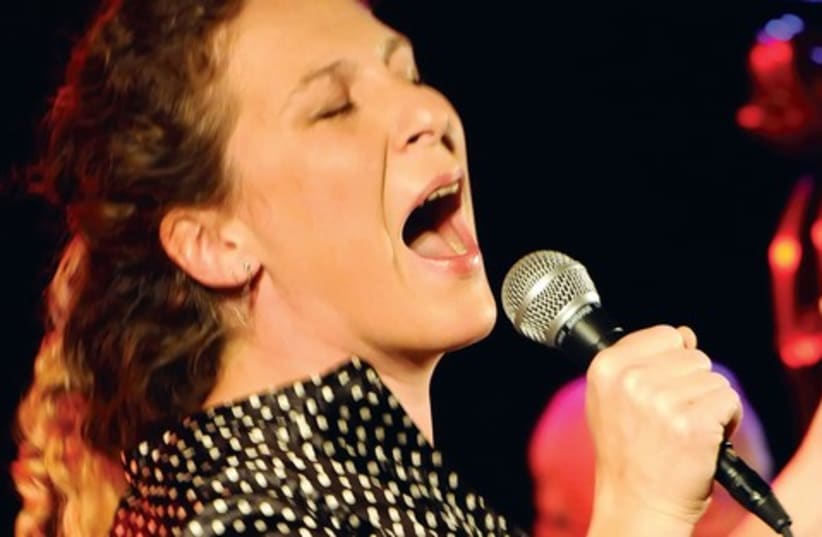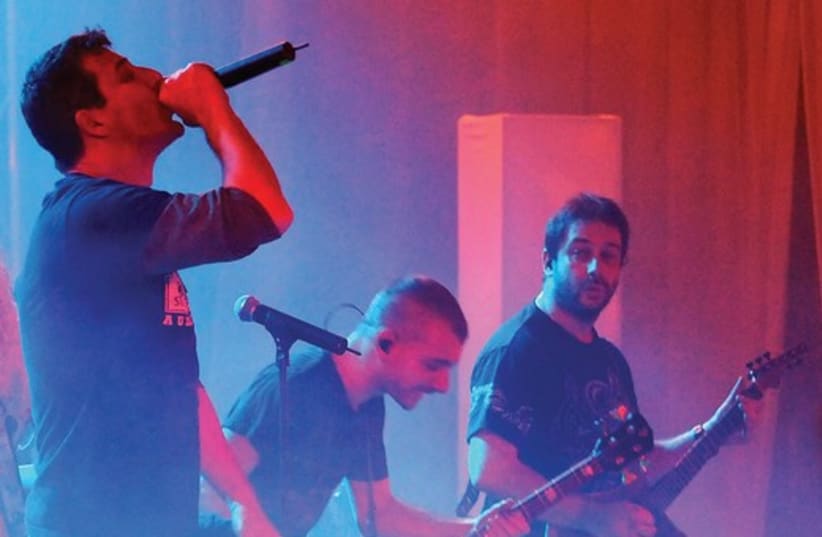
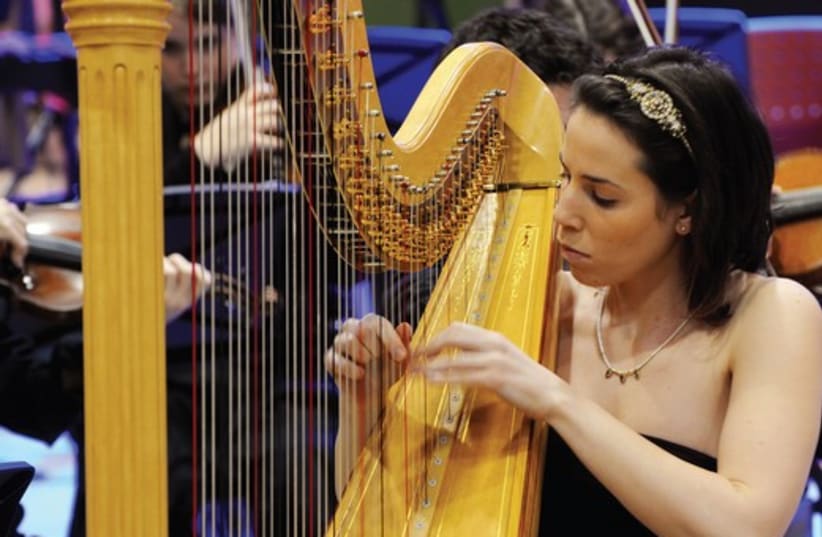

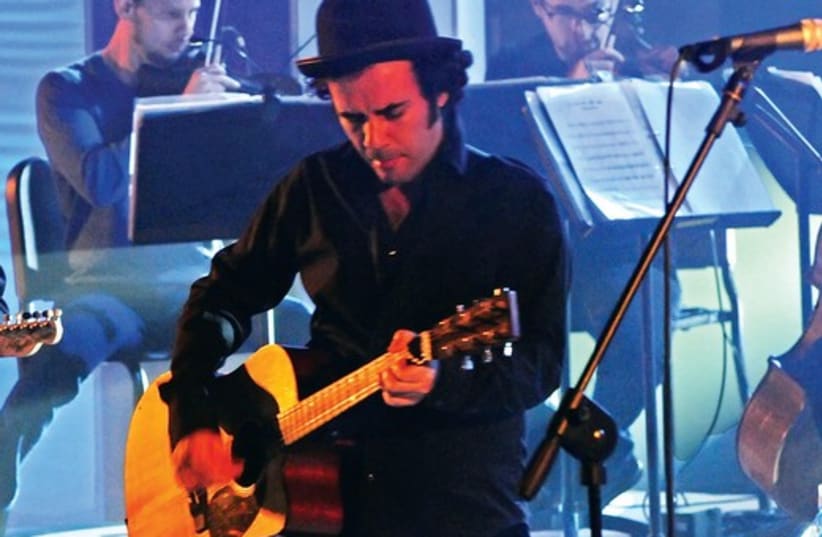
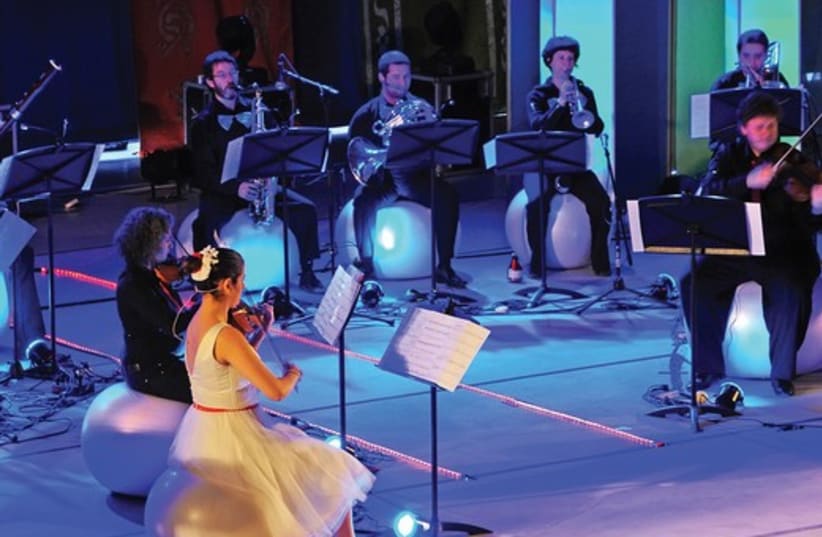
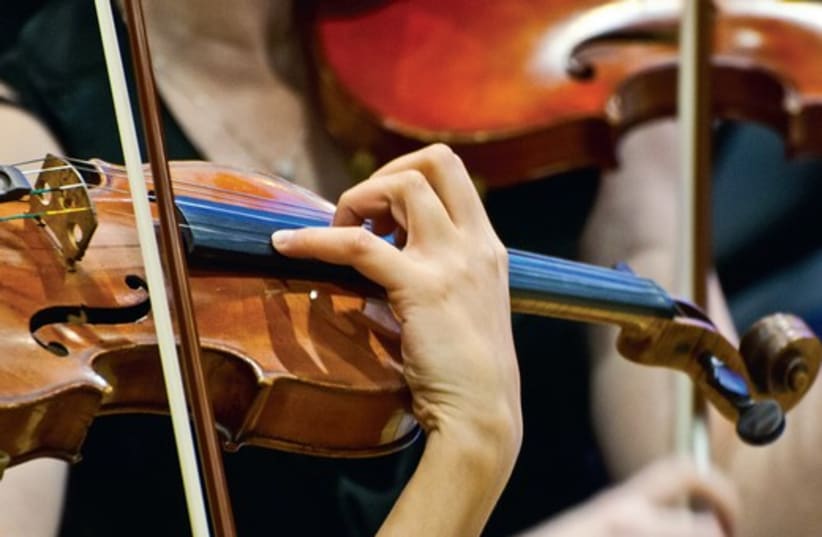

This is the 15th year of the festival, which was born on a smaller scale on the holiday of Shavuot, says musical director Michael Volpe. “We quickly realized that May is not a very convenient month to come to Sde Boker due to the heavy winds and sandstorms common in the area at that time.” In the festival’s second year it was moved to Hanukka, which is when it has been held ever since.Volpe combines the best musicians, singers, orchestras and composers to make a wonderful mosaic. It is amazing how many talented musicians and how much quality music emerges from such a small country. This is a big part of our culture from the past and the present, showing that our musical future is a promising one.The festival is unique for a number of reasons. It brings together all kinds of people. Volpe creates surprising combinations of all types of musicians. He pairs a rock band like Knesiat Hasechel with a string quartet. The meeting of classical tones with rock music results in a special sound and a rare performance.Another famous rock band, Hayehudim, gives an electrifying pure rock concert. There are colorful ensembles like the Jali group, who combine world music, mixing African influences with local music. The Jerusalem Academy of Music and Dance will send you straight to heaven with its wonderful orchestra, whose members are in their 20s.A sparkling rhythmic performance is open to the public in the festival plaza. In a giant white tent on a small stage, 15 members of March Dondurma gather and perform. The band excites the crowd with the help of some special instruments until most of the audience finds itself dancing spontaneously. This band has marched previously in the streets of Jerusalem and Tel Aviv.Guitar sounds are heard from the hands of virtuoso Shai Sobol followed by Meir Banai and the Meitar Ensemble. Volpe identifies talented musicians and invites them to the festival, giving them an excellent opportunity to develop their craft as well as an important push forward. This year there was also a special evening honoring the memory of songwriter and poet Haim Hefer, who died in September.Closing the fabulous festival was another unique cooperation between the Ladino singer Yasmin Levi and pianist Nizar al- Hatar. This performance was yet another successful example of how the festival crafts special and fertile musical opportunities.The festival takes place in Kibbutz Sde Boker’s Ben-Gurion Center which transforms its basketball court with up to 500 seats into the main musical venue. All of the kibbutz members contribute to the success of the festival with their welcoming hospitality. The central shows are reasonably priced performances and a big part of the festival is open to the public free of charge and takes place in the nearby festival plaza tent.Around 50 percent of the audience is from the South but the other half makes the trip from all over the country. Tourists travel through the South of the country during the holiday season and enrich their experience with wonderful music. On weekend mornings, families with youngsters can take advantage of two classical performances geared toward children. More festivals of this kind would be a welcome addition to outlying locations in Israel’s periphery.The end of the Sounds in the Desert Festival, which was also the end of Hanukka, began, as did every evening, with the lighting of the Hanukka candles, just as the Jewish people have been doing for thousands of years. Until next year, the festival sounds have again been replaced by the magical sounds of the desert and the ancient desert winds.
